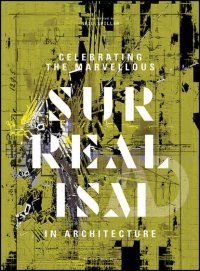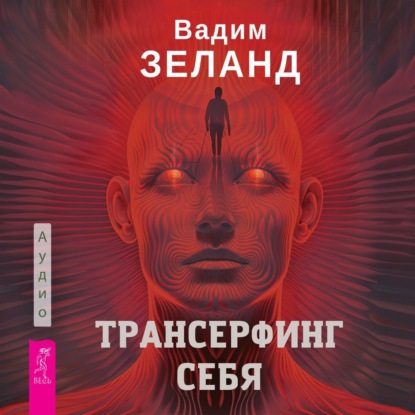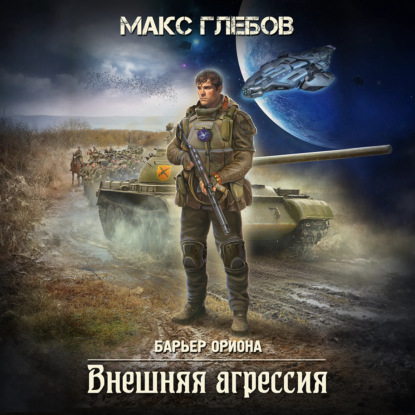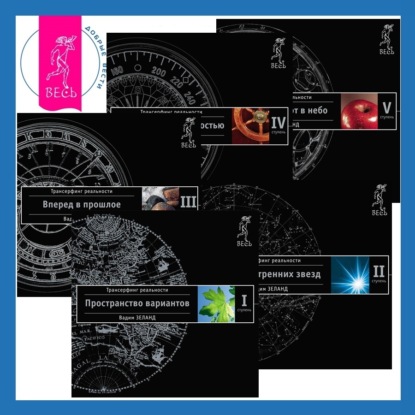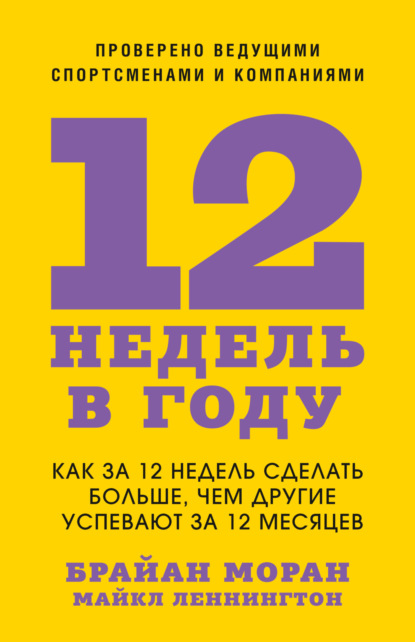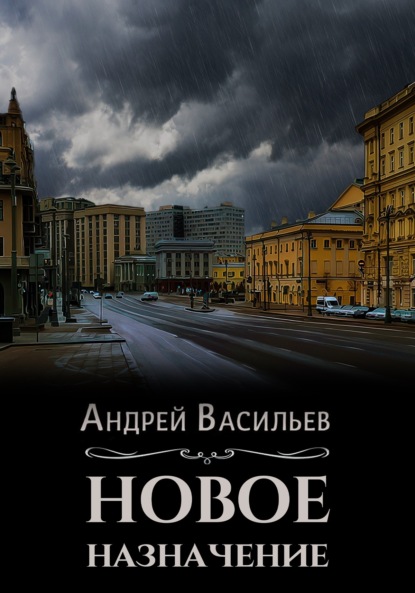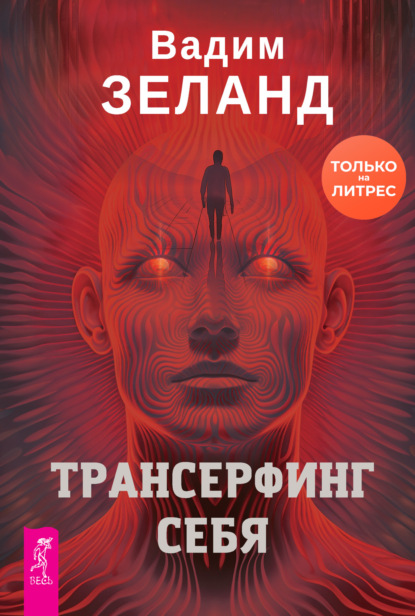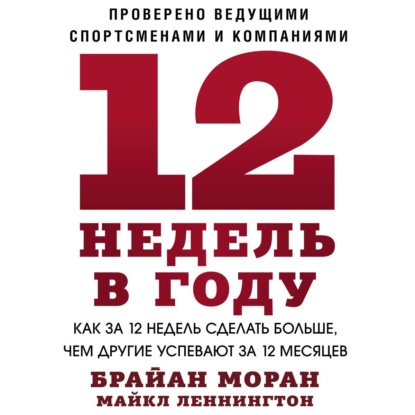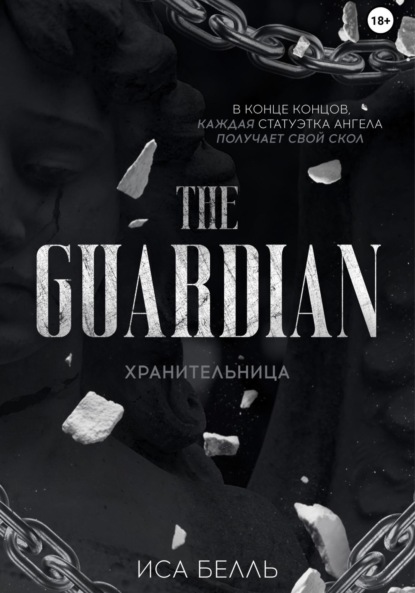We are entering a new era of architecture that is technologically enhanced, virtual and synthetic. Contemporary architects operate in a creative environment that is both real and digital; mixed, augmented and hybridised. This world consists of ecstasies, fears, fetishisms and phantoms, processes and spatiality that can best be described as Surrealist. Though too long dormant, Surrealism has been a significant cultural force in modern architecture. Founded by poet André Breton in Paris in 1924 as an artistic, intellectual and literary movement, architects such as Le Corbusier, Diller + Scofidio, Bernard Tschumi and John Hejduk realised its evocative powers to propel them to 'starchitect' status. Rem Koolhaas most famously illustrated Delirious New York (1978) with Madelon Vriesendorp's compelling Surrealist images. Architects are now reviving the power of Surrealism to inspire and explore the ramifications of advanced technology. Architects' studios in practices and schools are becoming places where nothing is forbidden. Architectural languages and theories are 'mashed' together, approaches are permissively appropriated, and styles are not mutually exclusive. Projects are polemic, postmodern and surreally media savvy. Today's architects must compose space that operates across the spatial spectrum. Surrealism, with its multiple readings of the city, its collage semiotics, its extruded forms and artificial landscapes, is an ideal source for contemporary architectural inspiration. Contributors include: Bryan Cantley, Nic Clear, James Eagle, Natalie Gall, Mark Morris, Dagmar Motycka Weston, Alberto Perez-Gomez, Shaun Murray, Anthony Vidler, and Elizabeth Anne Williams. Featured architects: Nigel Coates, Hernan Diaz Alonso, Perry Kulper, and Mark West. Это и многое другое вы найдете в книге Celebrating the Marvellous (Группа авторов)
Celebrating the Marvellous Группа авторов (книга)
Подробная информация о книге «Celebrating the Marvellous Группа авторов». Сайт не предоставляет возможности читать онлайн или скачать бесплатно книгу «Celebrating the Marvellous Группа авторов»
